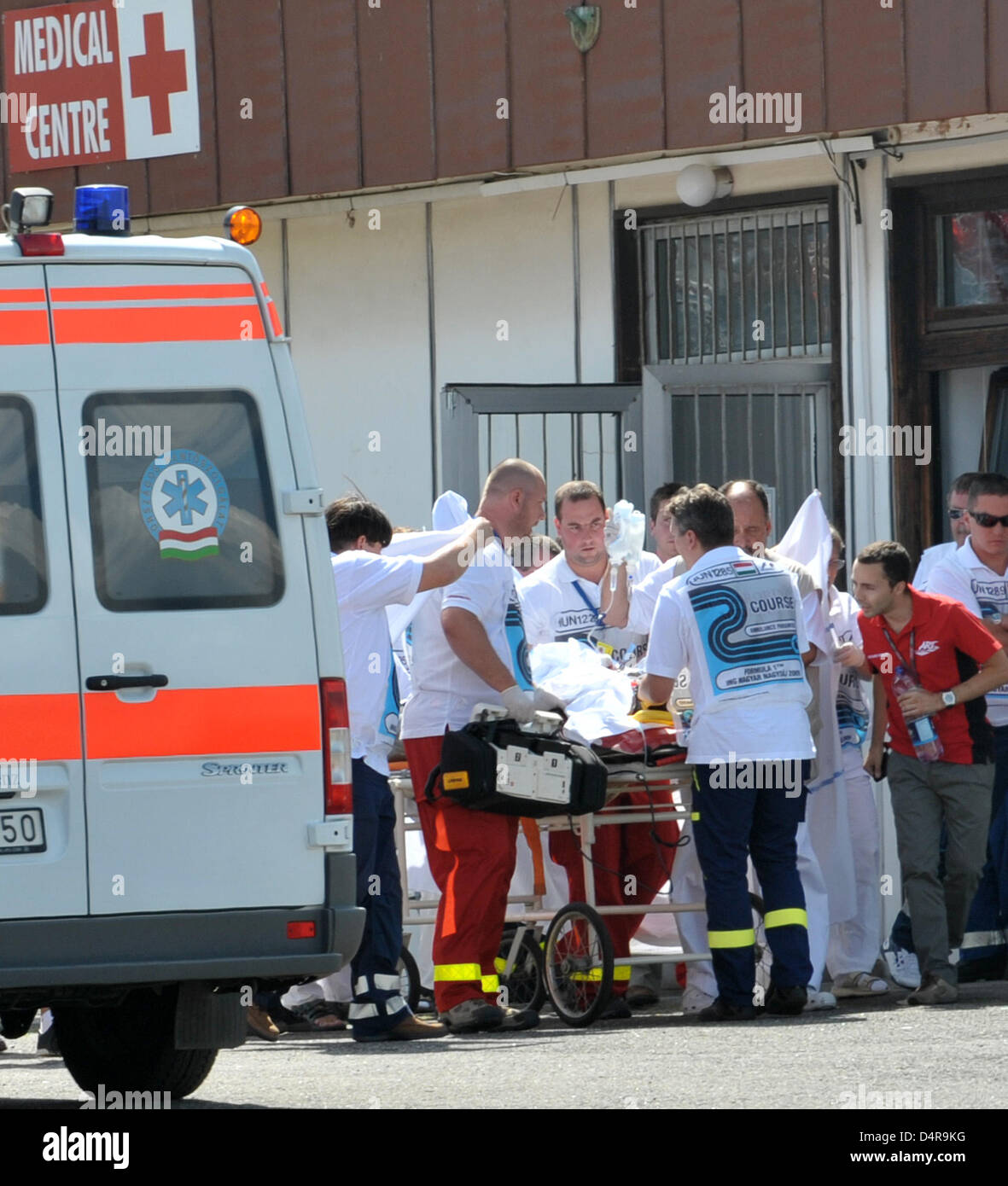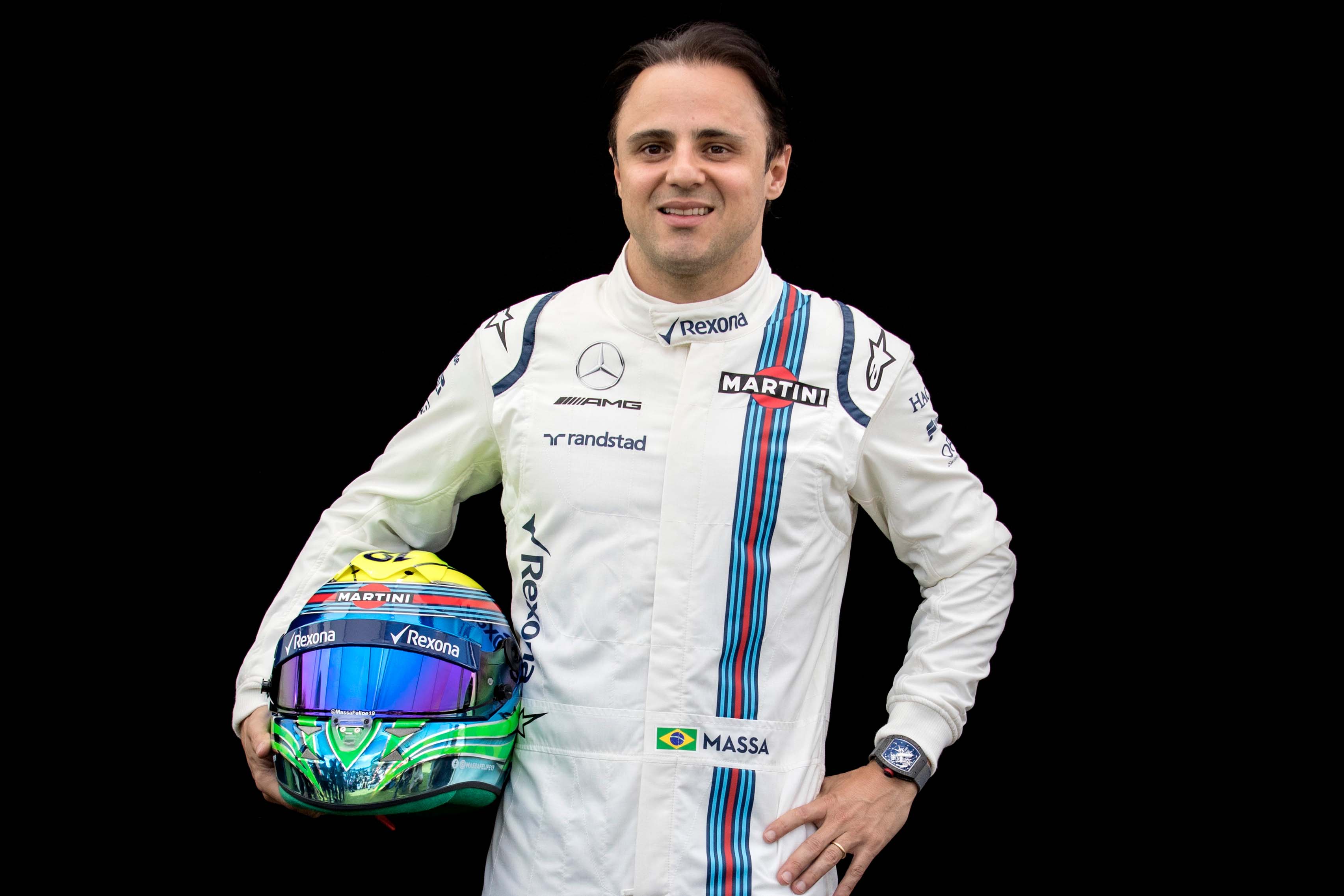Felipe Massa's head injury in 2010 was one of the most shocking moments in Formula 1 history. The incident not only changed the life of the Brazilian driver but also led to significant changes in safety regulations across motorsports. As we delve into this story, we will explore the details of the crash, its aftermath, and the lasting impact on Massa's career and the sport as a whole.
Felipe Massa's accident during the qualifying session of the 2010 Hungarian Grand Prix was a turning point in Formula 1. The incident highlighted the importance of safety measures in motorsports and raised awareness about the risks faced by drivers on the track. This article will provide an in-depth analysis of the event, its consequences, and the measures taken to prevent similar accidents in the future.
As a seasoned Formula 1 driver, Felipe Massa was no stranger to the dangers of competitive racing. However, the head injury he sustained in Hungary brought the sport's vulnerabilities to the forefront. This article will examine the crash's impact on Massa's life, his career trajectory, and the broader implications for Formula 1 safety standards.
Read also:Cerritos Mall Black Friday Hours Your Ultimate Guide To Shopping
Below is a table of contents to help you navigate through the article:
- Biography of Felipe Massa
- Details of the Head Injury
- Impact on Safety Measures
- Recovery and Return to Racing
- Career Post-Injury
- Legacy of Felipe Massa
Biography of Felipe Massa
Felipe Massa is a renowned Brazilian Formula 1 driver who has made significant contributions to the sport throughout his career. Before diving into the details of his head injury, it's essential to understand his background and achievements.
Data and Biodata of Felipe Massa
| Full Name | Felipe de Souza Mendonça Massa |
|---|---|
| Date of Birth | April 25, 1981 |
| Place of Birth | São Paulo, Brazil |
| Height | 1.74 m (5 ft 8 in) |
| Formula 1 Debut | 2002 |
| Teams | Sauber, Ferrari, Williams |
| World Championships | 0 (Runner-up in 2008) |
Details of the Head Injury
The incident occurred during the qualifying session for the 2010 Hungarian Grand Prix. Felipe Massa's head injury was caused by a spring from Rubens Barrichello's Williams car, which broke loose and struck Massa's helmet at high speed.
Cause of the Accident
The spring, weighing approximately 750 grams, detached from Barrichello's car after a suspension failure. It struck Massa's helmet with significant force, causing a severe head injury. The impact led to Massa losing consciousness and veering off the track, crashing into the tire barriers.
- Spring detached from Barrichello's car
- Struck Massa's helmet at approximately 260 km/h
- Resulted in loss of consciousness
Impact on Safety Measures
The accident prompted Formula 1 governing body, the FIA, to reassess safety protocols and implement new measures to protect drivers. The incident highlighted the need for improved helmet designs and better crash protection systems.
New Safety Regulations
Following Massa's accident, the FIA introduced several safety enhancements:
Read also:Unveiling The Extraordinary Journey Of Frederick Dump
- Introduction of the HANS device as mandatory equipment
- Development of the halo protection system
- Enhanced helmet standards
Recovery and Return to Racing
Felipe Massa's recovery was nothing short of miraculous. After undergoing emergency surgery, he spent several weeks in the hospital before beginning his rehabilitation process. His determination and resilience played a crucial role in his return to Formula 1.
Rehabilitation Process
Massa's recovery involved extensive physical therapy and mental rehabilitation. The support from his family, friends, and the Ferrari team was instrumental in his journey back to the track.
- Emergency surgery to remove a blood clot
- Extensive physical therapy
- Mental rehabilitation to regain confidence
Career Post-Injury
Despite the severity of his head injury, Felipe Massa made a successful return to Formula 1. Although he never won a World Championship, his post-injury performances showcased his talent and determination.
Notable Achievements Post-Injury
- Returned to racing in the 2010 Brazilian Grand Prix
- Secured several podium finishes in subsequent seasons
- Continued to race competitively until his retirement
Legacy of Felipe Massa
Felipe Massa's legacy extends beyond his achievements on the track. His accident and subsequent recovery have left a lasting impact on Formula 1 safety standards. Massa's story serves as a testament to the resilience and determination of athletes in the face of adversity.
Contribution to Formula 1
Massa's contributions to the sport go beyond his driving skills. His accident and recovery have inspired changes that continue to protect drivers in Formula 1 and other motorsports.
Statistical Insights
According to the FIA, the implementation of new safety measures following Massa's accident has significantly reduced the risk of serious injuries in Formula 1. Studies have shown that the halo system alone has reduced the likelihood of head injuries by over 70%.
Expert Opinions
Experts in the field of motorsport safety have praised the measures taken after Felipe Massa's accident. Dr. Sid Watkins, former FIA Medical Delegate, emphasized the importance of continuous improvement in safety protocols.
Conclusion
Felipe Massa's head injury was a pivotal moment in Formula 1 history. The incident not only changed Massa's life but also led to significant advancements in safety measures across the sport. His recovery and return to racing demonstrated his resilience and determination, inspiring fans and fellow drivers alike.
We invite you to share your thoughts and insights in the comments section below. Additionally, feel free to explore other articles on our website that delve into the world of motorsports and Formula 1. Together, let's continue to support the evolution of safety in competitive racing.



